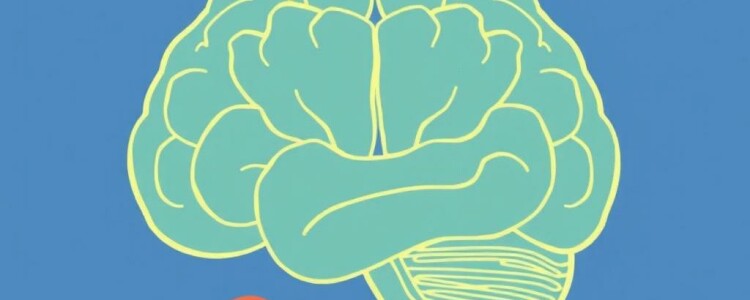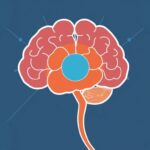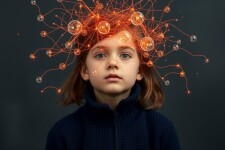Understanding how the brain influences behavior is one of the most fascinating explorations in science and psychology. Every thought, emotion, and action we have is shaped by this complex organ. It’s as if our brain operates the intricate machinery behind everything we do, often without us even realizing it. Whether it’s deciding what to eat for breakfast or reacting under stress, the brain plays a central role. In this article, we will take a deep dive into the fundamental ways the brain shapes our behavior, breaking down complex ideas into simple and captivating explanations. If you’ve ever wondered what really makes you *you*, read on to uncover the mysteries behind the mind.
The Basics of Brain Structure and Function
Before jumping into behavior, it is important to understand the parts of the brain that make this possible. The brain is made up of billions of neurons, tiny cells that communicate with each other through electrical and chemical signals. This communication network is the foundation of everything we experience.
Here’s a quick summary in table form with some of the major brain regions and their primary functions related to behavior:
| Brain Region | Main Function | Behavioral Influence |
|---|---|---|
| Prefrontal Cortex | Decision making, planning, social behavior | Regulates impulse control and reasoning |
| Amygdala | Emotional processing, especially fear and pleasure | Affects emotional responses and memory formation |
| Hippocampus | Memory formation and spatial navigation | Connects past experiences to behavior |
| Basal Ganglia | Movement regulation and reward processing | Influences habits and motivation to act |
| Cerebellum | Coordination and motor control | Helps with smooth execution of voluntary actions |
Each of these brain parts works together, resulting in the enormous variety of human behavior. Imagine a symphony orchestra where every section plays a different instrument, but all come together beautifully to create music. Our brain functions much the same way.
The Role of Neurotransmitters in Behavior
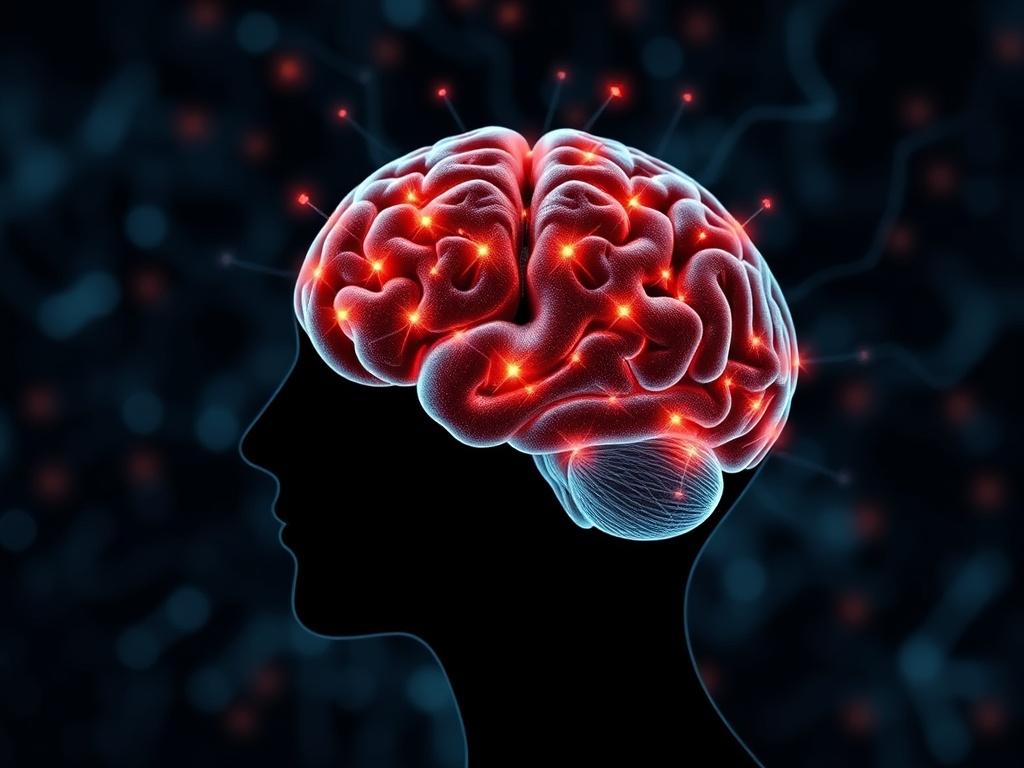
Neurotransmitters are chemical messengers that carry signals between neurons. They are essential for communication in the brain and play a significant role in shaping behavior. Some of the key neurotransmitters involved include dopamine, serotonin, and norepinephrine.
- Dopamine: Often called the “reward chemical,” dopamine is linked to pleasure, motivation, and reinforcement learning. When you accomplish a goal or eat something tasty, your brain releases dopamine to encourage those behaviors.
- Serotonin: This neurotransmitter contributes to mood regulation and feelings of well-being. Low serotonin levels have been associated with depression and anxiety, both of which dramatically impact behavior.
- Norepinephrine: It is involved in arousal and alertness and plays a role in the fight-or-flight response, directly affecting how we react to stress and danger.
The balance and interaction of these chemicals can determine whether someone feels motivated or lethargic, happy or sad, calm or anxious. Understanding this chemical dance helps explain why people behave differently in similar situations.
How Brain Plasticity Affects Behavior
One of the most amazing traits of the brain is its plasticity—the ability to change and adapt throughout life. Neuroplasticity means that the brain’s wiring isn’t fixed; it evolves as a result of new experiences, learning, and even injury.
This adaptability has huge implications for behavior. For example, if you practice a new skill regularly, your brain forms stronger pathways tied to that behavior. Similarly, challenging negative habits or unhealthy thought patterns is possible because the brain can reorganize itself.
Here’s a list of factors that influence brain plasticity and, consequently, behavior:
- Learning new skills or hobbies
- Exposure to different environments
- Physical exercise
- Social interactions
- Mindfulness and meditation
Plasticity offers hope that even behaviors deeply ingrained over years can be modified. It explains how therapy, education, and self-discipline can lead to lasting change in a person’s behavior.
The Brain-Behavior Connection in Emotions and Decision Making
Emotions and decision-making processes are deeply intertwined with the brain’s activity. The limbic system, particularly the amygdala and hippocampus, controls emotional reactions. When you feel fear, anger, love, or joy, it’s these parts of the brain hard at work.
Decision making happens mostly in the prefrontal cortex, the brain’s “executive center.” This area evaluates information, weighs consequences, and modulates impulses. However, decisions are rarely purely logical; emotional input often colors outcomes.
For instance, imagine choosing between two jobs: one with more money but less satisfaction, and the other with passion but pay cuts. Your brain’s emotional centers kick in, influencing you to select what feels best rather than just what makes financial sense.
How Genetics and Environment Shape Behavior Through the Brain
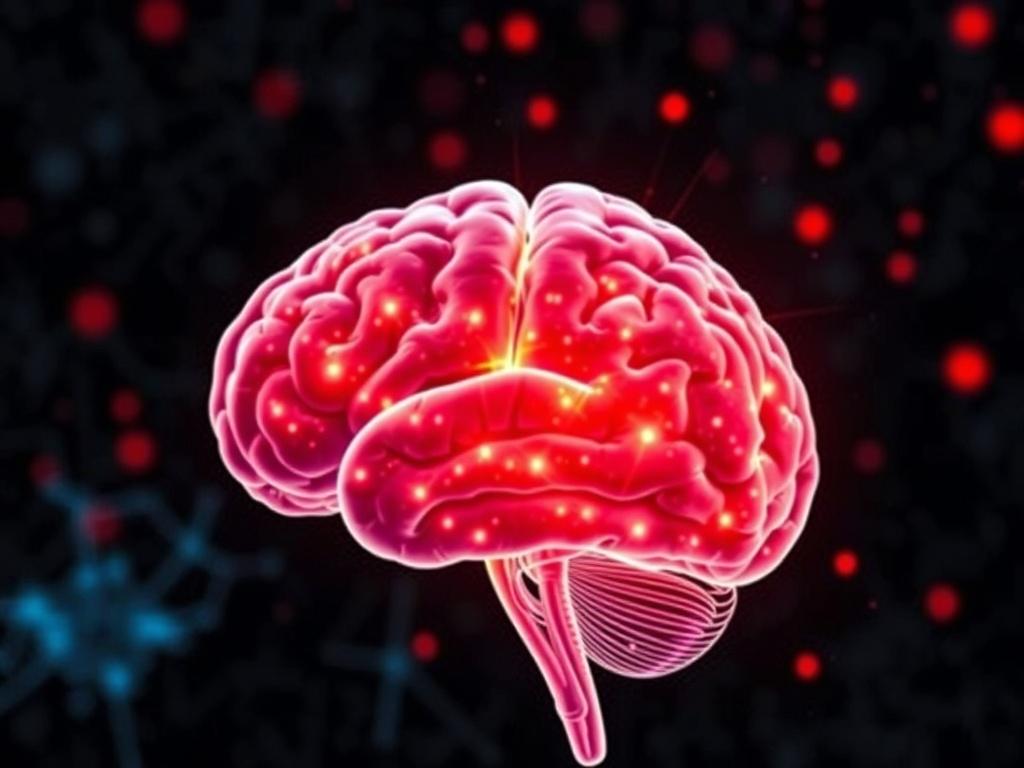
Behavior is not only guided by brain activity but also by your genes and environment. Genetics provide the blueprint for brain development and function. Some behaviors, like temperament or susceptibility to addiction, have genetic components. But genes are not destiny—they interact with the environment.
Environmental factors such as upbringing, education, culture, and life experiences shape how the brain develops and operates. Childhood experiences, particularly, influence key brain areas related to emotion and social behavior.
Below is an outline of key genetic and environmental factors influencing behavior:
| Factor | Impact on Brain | Effect on Behavior |
|---|---|---|
| Genetic predisposition | Influences neurotransmitter systems and brain structure | May increase risk for mental health disorders or personality traits |
| Early childhood environment | Affects brain plasticity and stress response systems | Shapes emotional regulation and social skills |
| Nutrition and health | Impacts brain development and cognitive functioning | Influences concentration, mood, and energy levels |
| Social interactions | Modifies neural pathways through experience | Impacts empathy, communication, and cooperation |
The interplay of these factors reveals why children raised in nurturing versus neglectful environments can show vastly different behaviors, even with similar genetic backgrounds.
Behavioral Disorders and the Brain
When the brain’s normal functions are disrupted, behavior can change in significant ways. Mental health disorders and neurological conditions often provide clear examples of how the brain influences behavior.
Conditions like depression, anxiety, schizophrenia, ADHD, and autism spectrum disorders all involve distinct brain differences. For example, someone with ADHD may have altered dopamine pathways influencing attention and impulse control. In depression, changes in serotonin function and brain activity can alter mood and motivation.
Understanding these disorders through the brain-behavior lens enables better treatment approaches, from medication to therapy. It also reduces stigma by framing mental illness as a biological condition, rather than a moral failing.
Can We Change Our Behavior by Changing Our Brain?
The exciting answer is yes—because brain plasticity allows for modifications in how we think and act. Techniques such as cognitive-behavioral therapy (CBT) work by helping people recognize and change harmful thought patterns, gradually rewiring their brains toward healthier behavior.
Even small lifestyle habits can change brain function. Regular exercise increases production of new neurons and neurotransmitters linked to happiness. Meditation trains your brain to focus and reduces stress reactivity. Sleep, nutrition, and avoiding toxic substances also contribute to optimal brain behavior relationships.
Here’s a simple list of actionable steps that can help influence brain function to foster positive behavior:
- Practice mindfulness or meditation daily
- Engage in aerobic exercise consistently
- Learn new skills or challenge yourself intellectually
- Maintain a balanced diet rich in omega-3 fatty acids
- Ensure sufficient restorative sleep each night
- Build and nurture supportive social relationships
These habits don’t just promote brain health—they help us become better versions of ourselves by actively shaping the brain-behavior connection.
The Future of Understanding Brain-Behavior Relationships
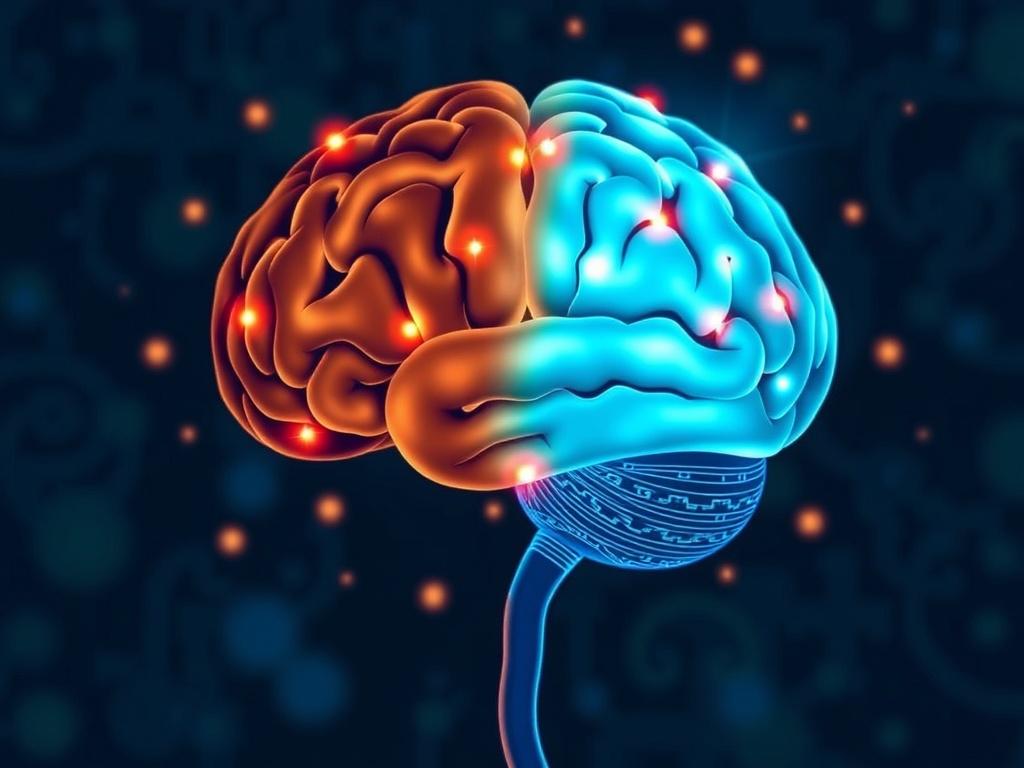
Thanks to advances in neuroimaging technologies like fMRI and PET scans, scientists can peer into the living brain and observe real-time changes linked to behavior. This has revolutionized our understanding and opened new avenues for treatment and enhancement.
Emerging fields like neuroeconomics, social neuroscience, and computational psychiatry aim to map out exactly how complex behaviors like trust, decision-making, and morality arise from brain activity. Artificial intelligence is even being used to model and predict behavior based on brain data.
As we uncover more about how the brain influences behavior, we get closer to personalized medicine tailored to individual neural profiles. This means more effective therapies, better mental health outcomes, and deeper insights into what makes us human.
Key Takeaways on the Brain’s Influence on Behavior
- The brain’s structure and neurotransmitters play a central role in shaping how we act and react.
- Neuroplasticity allows the brain to change based on experience, influencing behavior throughout life.
- Both genetics and environment collaborate in molding the brain’s influence on behavior.
- Understanding behavioral disorders through brain activity enables better interventions.
- Healthy lifestyle choices can strengthen the brain-behavior relationship for improved well-being.
Conclusion
The brain’s influence on behavior is a vast and intricate subject, intertwining biology, psychology, and experience into the unique tapestry that defines each of us. From the essential roles of different brain regions and neurotransmitters to the remarkable plasticity allowing for growth and change, the story of how the brain shapes behavior is an ongoing journey of discovery. By appreciating the dynamic relationship between genetic makeup, environmental factors, and brain function, we unlock not only the mysteries of human nature but also the potential to influence our own behaviors positively. Whether through awareness, lifestyle changes, or advances in neuroscience, understanding the brain’s profound effect on behavior empowers us to lead healthier, more fulfilling lives. Ultimately, the brain isn’t just the command center of the body—it’s the key to understanding who we are and who we can become.

